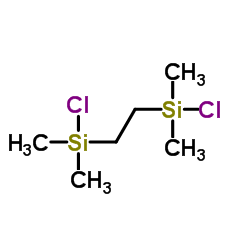| Structure | Name/CAS No. | Articles |
|---|---|---|
 |
cyclohexane
CAS:110-82-7 |
|
 |
butadiene
CAS:106-99-0 |
|
 |
ethylenebis(chlorodimethylsilane)
CAS:13528-93-3 |
|
 |
sec-Butyllithium solution
CAS:598-30-1 |